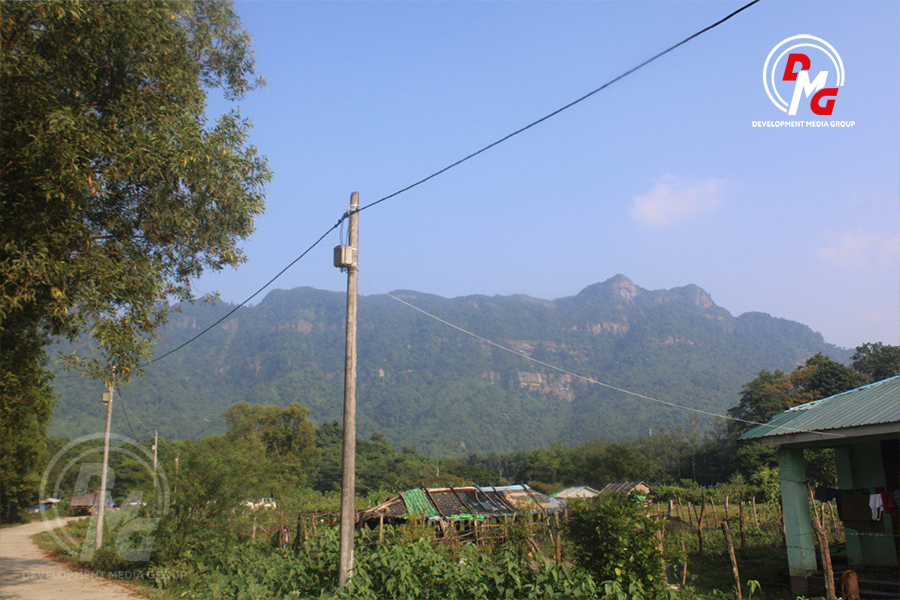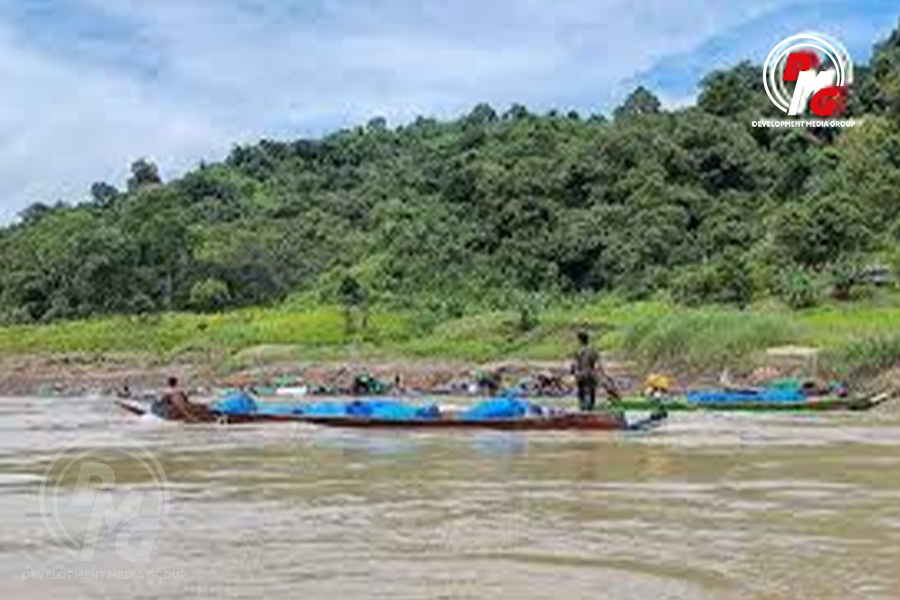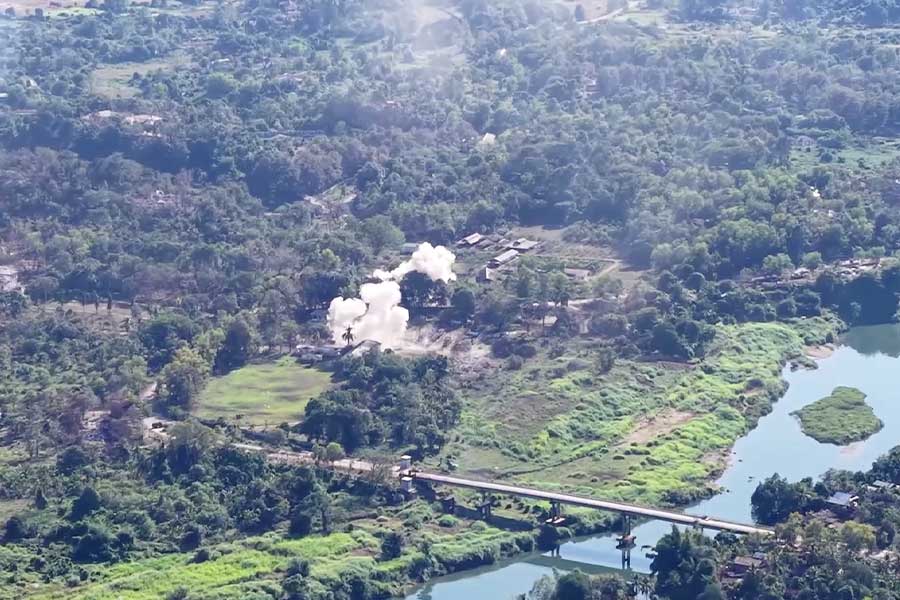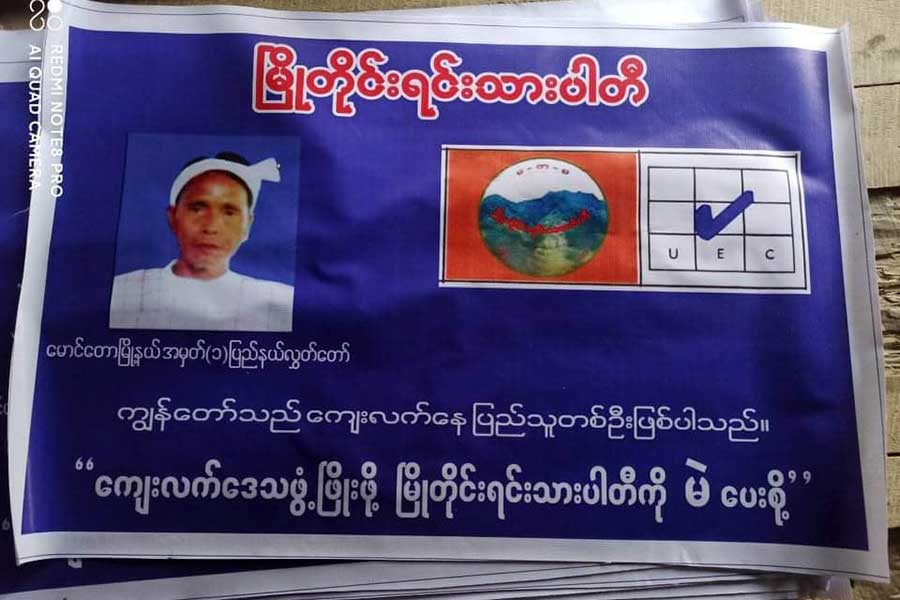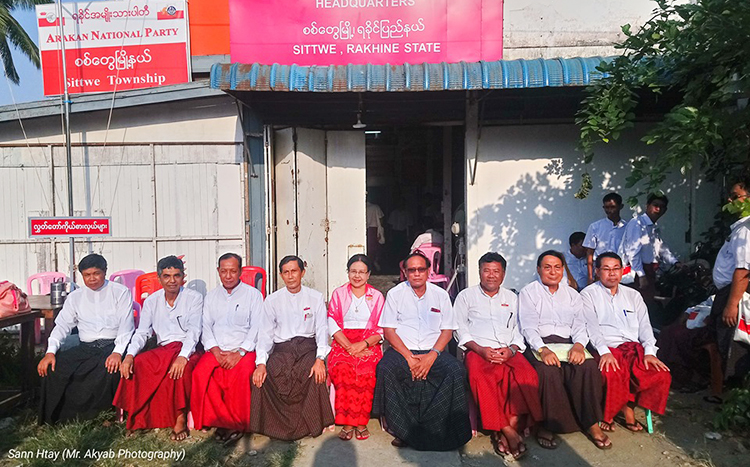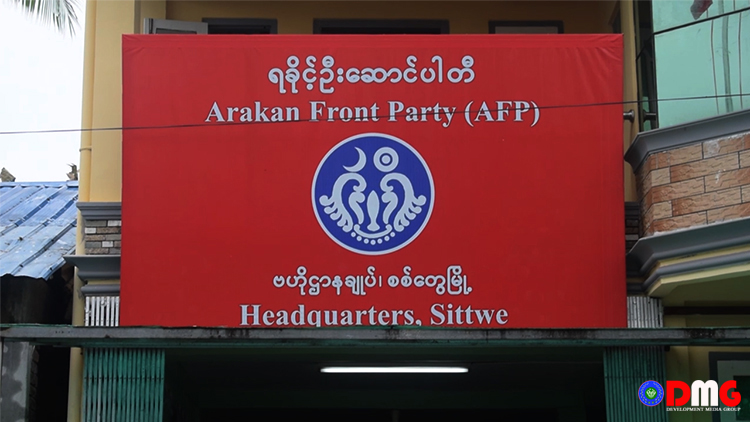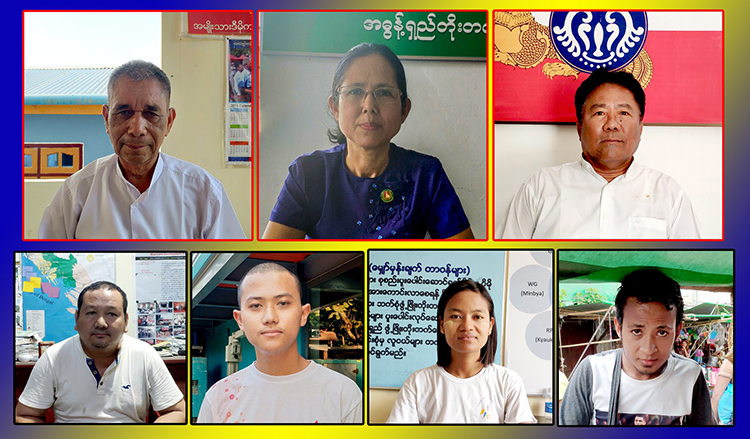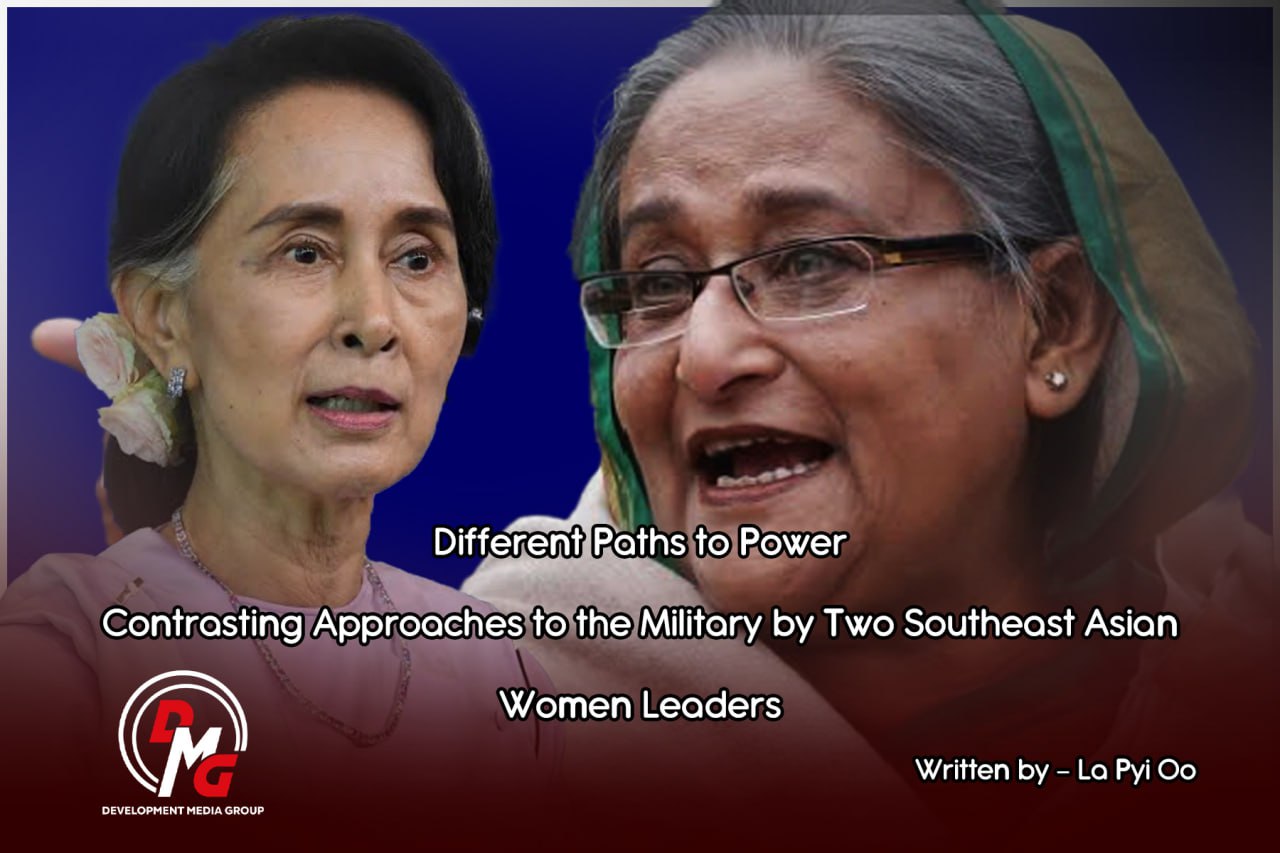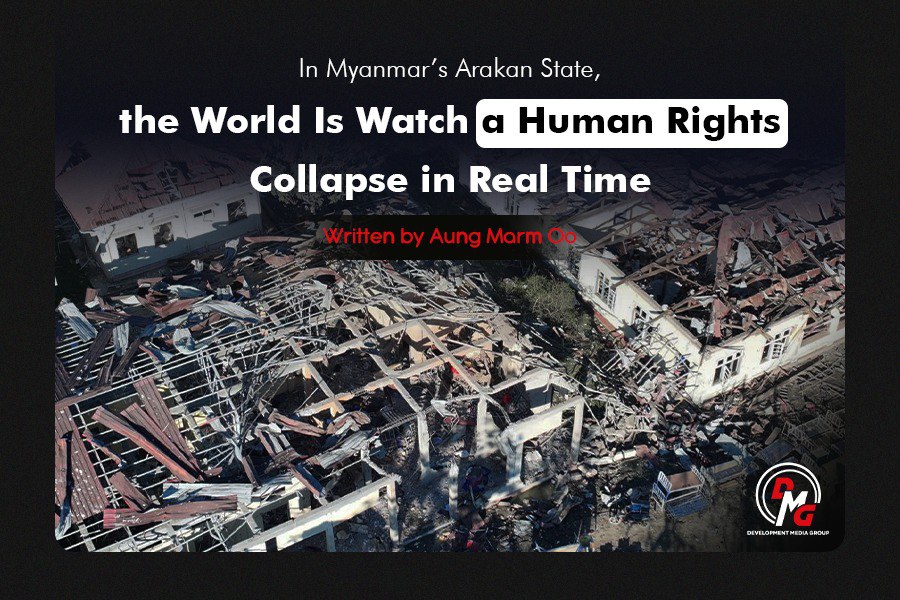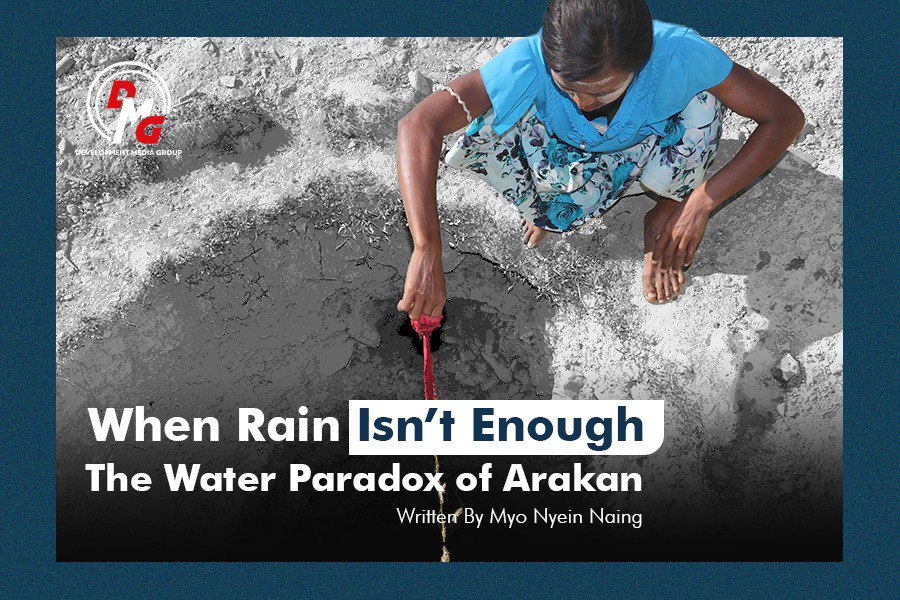- Junta unable to hold elections in dozens of wards and village-tracts in Sittwe, Kyaukphyu
- Fighting escalates between Myanmar military, Arakan Army in Ayeyarwady Region
- Regime steps up civilian arrests in Sittwe
- ULA safeguards Mrauk-U's ancient heritage
- Arakan on the Edge: What the DMG Landmine Impact Report Reveals About Myanmar's Deepening Humanitarian Crisis
Junta imposes martial law in 63 resistance-held townships
Myanmar's military regime on July 31 declared martial law for 90 days under Section 413(b) of the Constitution in 14 Arakan State townships as well as Chin State's Paletwa Township, which are controlled by the Arakan Army (AA), and dozens of other townships held by resistance forces across the country.
01 Aug 2025
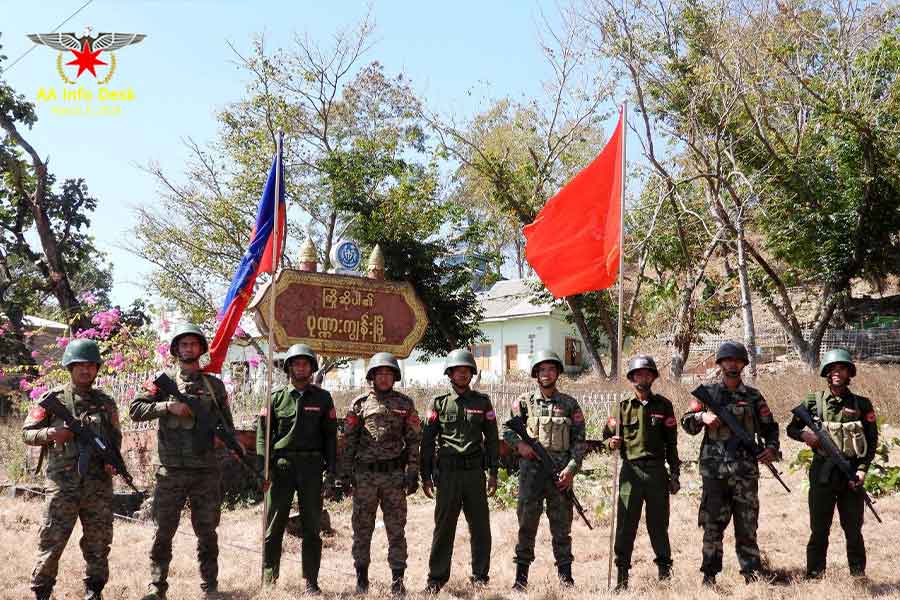
DMG Newsroom
1 August 2025, Mrauk-U
Myanmar's military regime on July 31 declared martial law for 90 days under Section 413(b) of the Constitution in 14 Arakan State townships as well as Chin State's Paletwa Township, which are controlled by the Arakan Army (AA), and dozens of other townships held by resistance forces across the country.
Of the 63 townships in total that are subject to the new declaration, 46 are under the complete control of anti-regime forces. The junta controls only the towns in another 16 townships, with most rural areas controlled by resistance groups, and the Section 413(b) order also applies to one township where fighting is ongoing.
Political experts say that the military regime considers people in townships under martial law to be outside its control, which could lead to further violence.
"Most of the towns that have been placed under martial law are towns that the military regime has already surrendered to the revolutionary forces," said U Myo Kyaw, general secretary of the Arakan League for Democracy (ALD). "Since these towns are mostly in townships that no longer have an administrative apparatus or an army, the military regime's declaration of martial law could lead to further acts of violence against the people in those areas and accusations of treason against the State."
U Myo Kyaw added that the military regime is likely to commit war crimes with heavy weapons and airstrikes against townships that have been placed under martial law.
The martial law declaration includes 14 townships in Arakan State, seven in Chin State, five in Kachin State, two in Kayin State, nine in Sagaing Region, five in Magway Region, three in Mandalay Region, and 15 in Shan State.
The military regime said it would work to end armed conflict, restore stability, and enforce the rule of law in townships where martial law has been imposed.
Military and political analysts believe the regime may launch offensives against resistance forces in townships where martial law has been declared.
"The military regime has declared martial law in the townships it lost to resistance forces, and offensives could follow," said a military observer. "Now that the military regime has regained control of six towns controlled by the resistance forces, it is possible that more conscripts will be deployed and offensives could begin. Therefore, the resistance forces and those living in areas under the revolutionary forces should be on high alert."
The junta, in preparation for elections more than four years after seizing power, handed over state power to the National Defense and Security Council, chaired by junta boss Min Aung Hlaing, and formed the State Security and Peace Commission, giving Min Aung Hlaing more power.
With largely cosmetic changes to a military government he still leads, Min Aung Hlaing said that elections will be held late this year or in early 2026.
Analysts predict the regime will continue to attempt to regain control of the townships that have been declared under martial law in the coming months.





